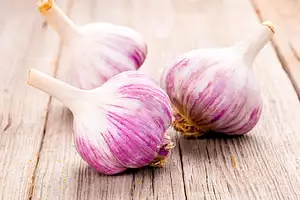Yogurt
About the ingredient yogurt. Including 388 recipes with yogurt, nutrition data, and where to find it.
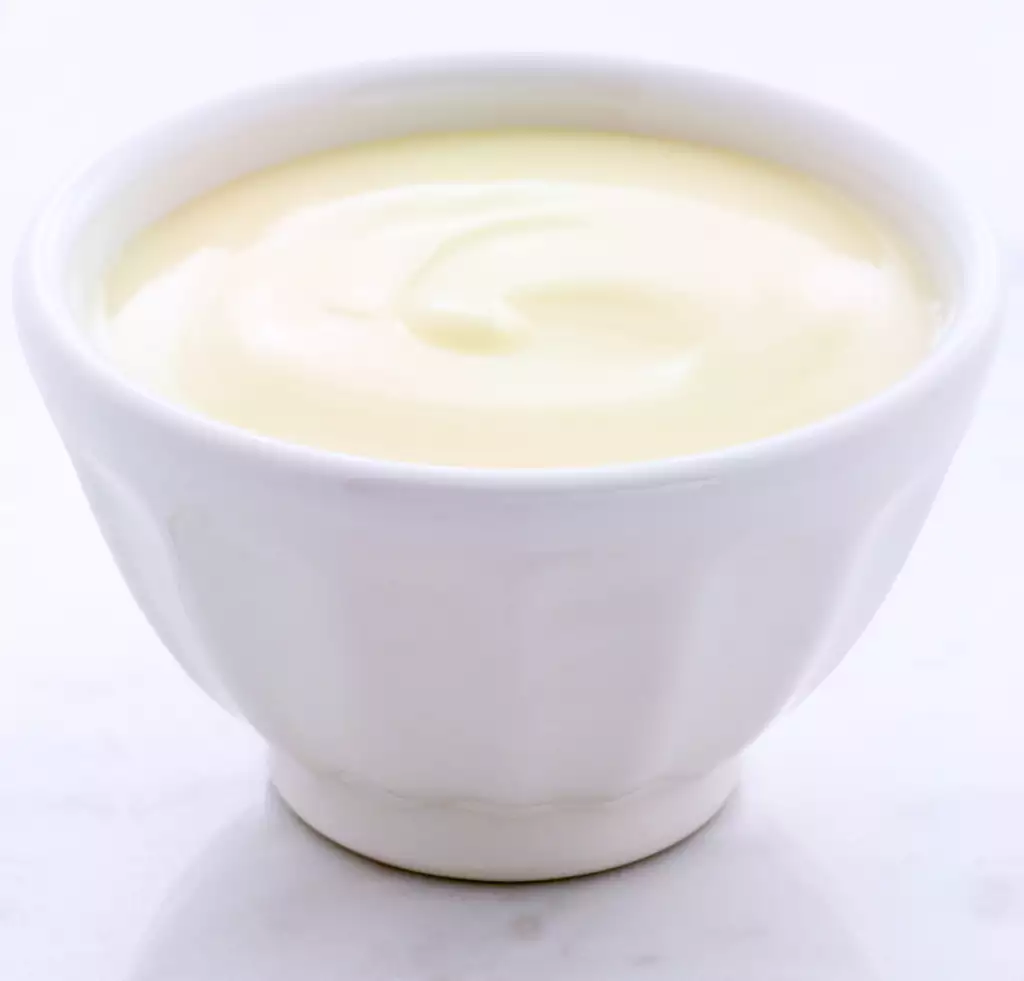
Contents
What is yogurt?
Yoghurt or yogurt is a dairy product produced by bacterial fermentation of milk. Fermentation of lactose produces lactic acid, which acts on milk protein to give yoghurt its texture and its characteristic tang.
Dairy yoghurt is produced using a culture of Lactobacillus delbrueckii subsp.bulgaricus and Streptococcus salivarius subsp. thermophilus bacteria.
The milk is heated to about 80 °C to kill any undesirable bacteria and to change the milk proteins so that they set together rather than form curds. It is then cooled to about 45 °C. The bacteria culture is added, and this temperature is maintained for 4 to 7 hours for fermentation. Soy yoghurt, a non-dairy yoghurt alternative, is made from soy milk.
Health Benefits
Yoghurt is nutritionally rich in protein, calcium, riboflavin, vitamin B6 and vitamin B12. It has nutritional benefits beyond those of milk. People who are moderately lactose-intolerant can consume yoghurt without ill effects, because much of the lactose in the milk precursor is converted to lactic acid by the bacterial culture.
Yoghurt may also be used in preventing antibiotic-associated diarrhea.
Yoghurt is believed to promote good gum health, possibly because of the effect of lactic acid present in yoghurt.
A study published in the International Journal of Obesity (11 January 2005) also found that the consumption of "low-fat yoghurt can promote weight loss", especially due to the calcium in the yoghurt.
Flavored yoghurt
To offset its natural sourness, yoghurt can be sold sweetened, flavored or in containers with fruit or fruit jam on the bottom. If the fruit has been stirred into the yoghurt before purchase, it is commonly referred to as Swiss-style. Most yoghurts in North America have added pectin, found naturally in fruit, and/or gelatin to artificially create thickness and creaminess at lower cost.
This type of adulterated product is also marketed under the name Swiss-style, although it is unrelated to the way yoghurt is eaten in Switzerland. Some yoghurts, often called "cream line," are made with whole milk which has not been homogenized so the cream rises to the top. Fruit jam is used instead of raw fruit pieces in fruit yoghurts to allow storage for weeks.
Strained yoghurt AKA Greek yogurt
Strained yoghurts are types of yoghurt which are strained through a paper or cloth filter, traditionally made of muslin, to remove the whey, giving a much thicker consistency and a distinctive, slightly tangy taste.
Nutrition
Nutrition Facts
Serving Size 1 cup (8 fl oz) (245g)Where found
Yogurt is usually found in the dairy section or aisle of the grocery store or supermarket.
Food group
Yogurt is a member of the Dairy and Egg Products US Department of Agriculture nutritional food group.
How much does yogurt weigh?
| Amount | Weight |
|---|---|
| 1 cup (8 fl oz) | 245 grams |
| 1 container (8 oz) | 227 grams |
| ½ container (4 oz) | 113 grams |
Related
Dairy and Egg Products
| In Chinese: | 酸奶 | |
| British (UK) term: | ||
| en français: | la yaourt | |
| en español: | el yogur |
Recipes using yogurt
There are 388 recipes that contain this ingredient.
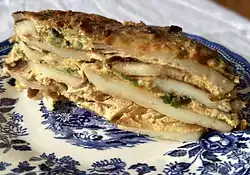
Potato & Scallion Casserole
A comforting and savory dish featuring layers of golden-brown potatoes and tender scallions, bound together with a creamy yogurt-egg sauce and baked to perfection. Ideal as a hearty side or a light main course.
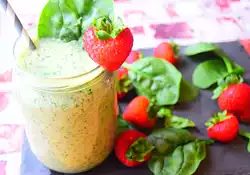
Spinach & Strawberry Smoothie
Here’s another healthy breakfast recipe that we’ve created for Fertility Road magazine. For those that are short on time in the morning, this quick and simple smoothie recipe is the perfect fertility boosting breakfast option.

Muesli with Apples & Yogurt
Muesli with Apples and Yogurt

Beral's Berry Coffee Cake
Beral's Berry Coffee Cake recipe
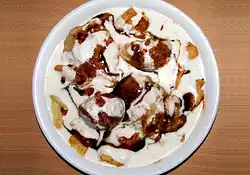
Dahi Bhalley
India is known for its delicious recipes. When it comes to food, there are umpteen kinds of dishes available throughout the length and breadth of the country. On the occasion of festivals such as Diwali, Dusshera and Holi, people relish on delightful delicacies. Especially in Holi, people indulge themselves in smearing color on each other, teasing their loved ones and relishing on scrumptious recipes like Gujia, Namak Pare, Kheer and Dahi Bhalle. In most of the North Indian homes, Dahi Bhalle is a must to make recipe. Made of Curd and Urad Dal pakode, Dahi Bhalle is liked by most of the people. Check out the article and get to know how to make Dahi Bhalle.

Paneer Tikka
A marinated paneer with Indian spices.

Double Chocolate Muffins
Love muffins but don't want too many calories? Then you will simply adore these healthy and light treats that's perfect for dessert after dinner.
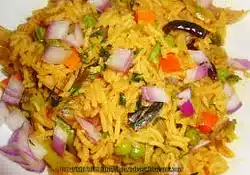
South Indian Vegetable Biryani
Hi friends this is my first recipe hope you all like it.

Cold Minted Pea Soup
Cold Minted Pea Soup recipe

Chilled Leek & Potato Soup
Chilled Leek and Potato Soup recipe
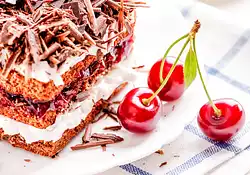
Simply Delicious Black Forest Cake
Simply Delicious Black Forest Cake recipe

Sada Naan
Sada Naan recipe

Super Fresh Tomato Soup
Super Fresh Tomato Soup recipe
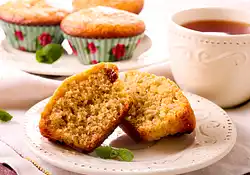
Breakkfast Power Muffins
Power Muffins recipe

Spiced Peach Muffins
These Spiced Peach Muffins are a delicious treat with a delightful crunch topping that adds an irresistible texture to the moist and flavorful muffins. The crumbly topping is a perfect complement to the softness of the muffins, making them a perfect choice for breakfast or a snack any time of the day.

Raspberry Almond Muffins
The raspberry preserves and almond paste tucked inside these delicate muffins make them a surprising treat.

Cold Yogurt Gazpacho
Cold Yogurt Gazpacho recipe
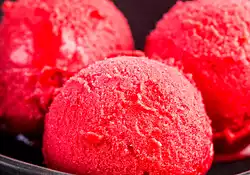
Berry Yoghurt Ice Cream
This ice cream is my favorite one, I always use low-fat yogurt, sometimes mixing more kinds of berries, very tasty and healthy!

Ham & Cheese Casserole
An easy classic combination of diced ham, potatoes and cheese with a tangy sauce.

Chickpea Yogurt Hummus
Chickpea Yogurt Hummus recipe
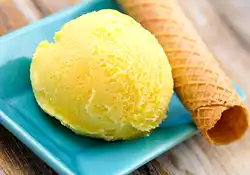
Lemon-Pineapple Sherbet
Lemon-Pineapple Sherbet recipe

Fruit Smoothies
We can use different kinds of fruits in this recipe, and even frutis they are ovesr ripe, and kids always enjoy drinking fruit smoothies, very tasty and healthy!

Low-fat Chocolate Muffins
If you're looking for a light yet tasty snack, these delicious muffins are perfect for you!




